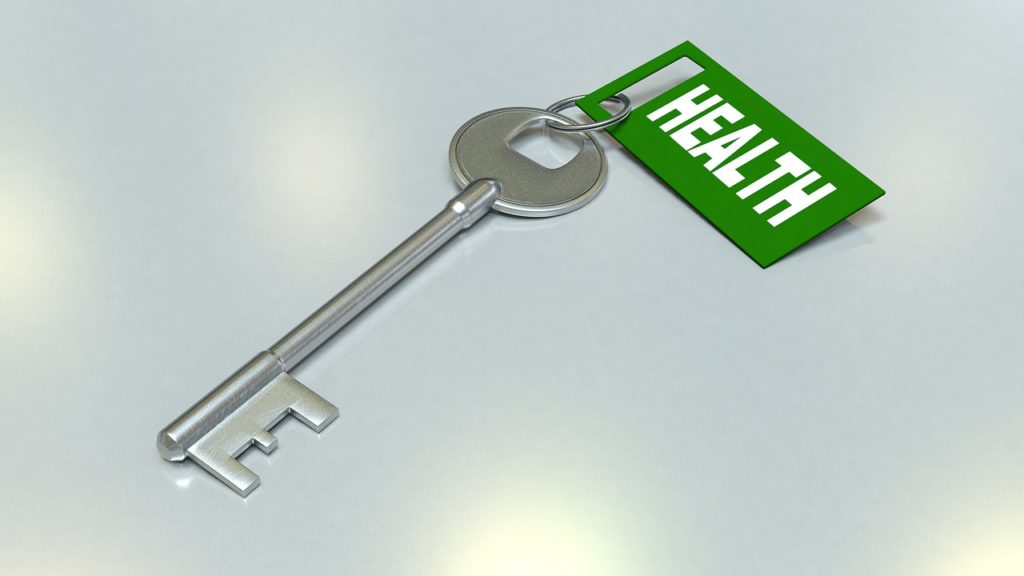Over the past decades, high fructose corn syrup has emerged as a better alternative to sugar. It’s found in thousands of foods, from cereals and fruit juices to low-carb chocolate and protein bars.
The Importance of Reading Labels

The Importance of Reading Labels
Ever wonder why food labels are so important? Do you only check the calories or other nutrients too? Whether you want to maintain your health, lose weight, or eat clean, reading the nutrition labels is a must. After all, you want to get the most nutritional bang for your buck.
Surprisingly, most people don’t really know what to look for on food labels. They only check the calories or the amount of sugar. If that’s your case, it’s time to learn a few things. When used right, nutrition labels can be a valuable tool in building a healthy diet.
Understanding Food Labels
According to the FDA, the ingredients are listed in descending order of predominance. If your goal is to get lean, avoid any foods with sugar, trans fats, white flour, or fructose listed among the main ingredients. Sugar will be the first or second ingredient on the label of milk chocolate or cookies. Dark chocolate, on the other hand, will most likely have sugar listed at the bottom of the label.
The most important things to check on food labels are the amount of protein, carbs, and fat as well as the ingredients used. If you have an allergy, watch out for gluten, lactose, peanuts, eggs, or honey. To lose weight, steer clear of glucose, dextrose, fructose, and hydrogenated fats. Look for high-protein foods with little or no sugar added.
Why Is Reading Food Labels Necessary?
Reading labels is the first step to healthy eating. However, this isn’t always easy. Food manufacturers use misleading tricks to hide the actual ingredients found in a particular product, such as sugar or preservatives. For instance, breakfast cereals are marketed as a source of fiber, vitamins, and minerals. You may find terms like “weight loss,” “natural,” or “low-calorie” on the label. Unfortunately, these foods are anything but healthy. They actually contain large amounts of sugar, and little or no fiber.
Use food labels to compare the nutritional value of different products. Check the serving size for the food you’re interested in. For example, potato chips have around 130 calories per serving, but one serving is just 30 grams. A medium bag contains at least five servings. The nutritional informational listed on food labels is based on a single serving.
Make a habit out of checking the labels. This simple practice can change the way you think about food and help you make better choices.









No comments yet.